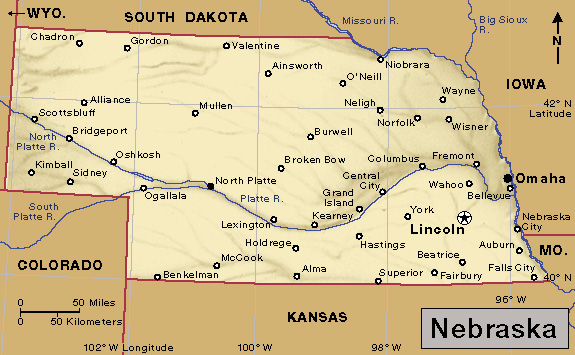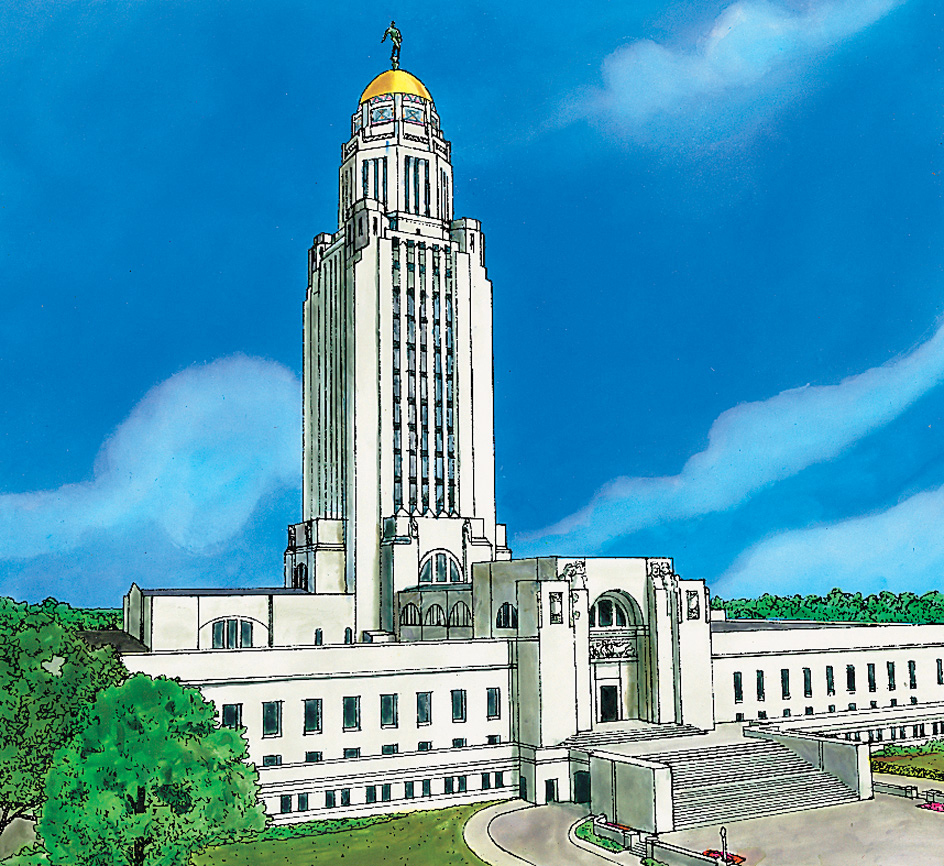Lincoln (pop. 291,082; met. area pop. 340,217) is the capital of Nebraska and the state’s second largest city. Only Omaha has more people. Lincoln serves as an important educational center. It is the home of Nebraska Wesleyan University, Union College, and the University of Nebraska-Lincoln. Lincoln lies in eastern Nebraska, 50 miles (80 kilometers) southwest of Omaha.

Major employers in Lincoln include the state government, the University of Nebraska, elementary and secondary schools, hospitals, insurance firms, and railroad and trucking companies. Other important industries include aircraft maintenance, food processing, and the production of automotive parts, computer software, drugs, electronics, and recreational and utility vehicles.

Cultural attractions include the Lied Center for Performing Arts and the University of Nebraska’s Sheldon Museum of Art. The University of Nebraska State Museum features one of the largest collections of mammal fossils in the United States. Galleries, restaurants, and venues for sports and entertainment stand in the Haymarket neighborhood, just west of downtown. The Salt Valley Lakes, a group of lakes and wildlife preserves, are popular recreation areas.
Early settlers were attracted to the area by the salt marshes dotting the prairie. The city was founded in 1859 as Lancaster. In 1867, it was chosen as the capital of Nebraska and renamed Lincoln in honor of President Abraham Lincoln. The state government moved there from Omaha, the former capital, in 1868. Lincoln has a mayor-council form of government.
